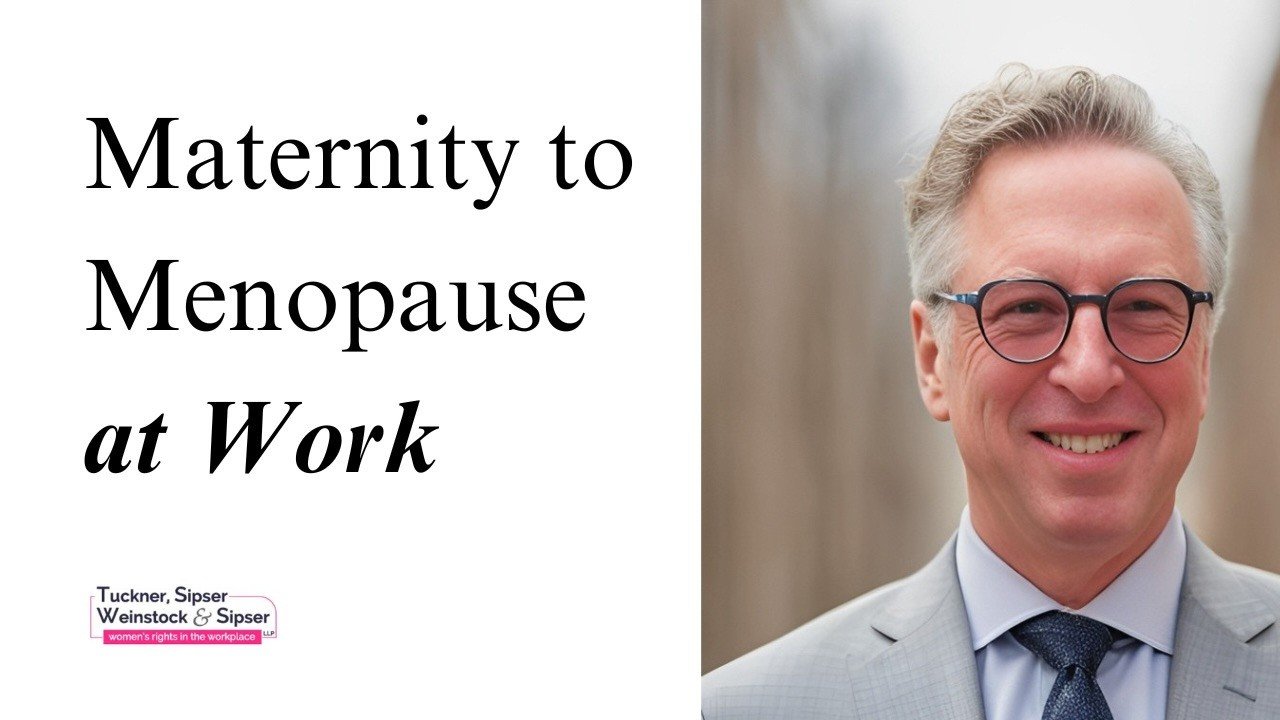How One Study Misled Women About Estradiol Treatment and Alleviating Menopausal Symptoms
By Jack Tuckner, Women's Rights in the Workplace Attorney
Menopause is a natural transition in a woman's reproductive lifecycle, often accompanied by symptoms like hot flashes, mood swings, and sleep disturbances. Hormone replacement therapy (HRT), particularly with estradiol, has been an effective treatment for many.
However, a study that began in 1993 led to widespread fear and misunderstanding about the safety of estrogen therapy, causing an entire generation of women to avoid treatments that could significantly improve their quality of life through exogenous HRT.
The Influential Study: A Closer Look
In 1993, the Women's Health Initiative (WHI) launched a large-scale study involving over 27,000 postmenopausal women to understand the long-term effects of hormone replacement therapy. Participants were administered synthetic hormones, specifically a combination of conjugated equine (horse) estrogens (CEE) derived from horse urine (commonly known by the brand name Premarin) and medroxyprogesterone acetate (MPA).
Key Findings
Marginal Increase in Breast Cancer Risk: The study reported a slight increase in breast cancer cases among women using this specific HRT combination.
Cardiovascular Concerns: There was also an observed increase in risks of heart disease, stroke, and blood clots.
These findings prompted widespread alarm, leading to a dramatic decline in HRT use among menopausal women.
Misconceptions and Misinterpretations
While the WHI study was groundbreaking, its results have been criticized for several reasons:
1. Type of Hormones Used
Synthetic vs. Bioidentical Hormones: The study used synthetic hormones (CEE and MPA), not bioidentical estradiol, which is chemically identical to the estrogen produced by the human body.
Different Risk Profiles: Subsequent research suggests that bioidentical estradiol may have a different—and potentially far safer—risk profile compared to synthetic hormones derived from pregnant horse urine.
2. Age of Participants
Older Demographic: The average age of participants was around 63, which is significantly older than the typical age when women begin menopause (around 51).
Delayed Treatment Initiation: Starting HRT years after menopause may carry different risks compared to beginning treatment at the onset of peri- or menopausal symptoms.
3. Generalization of Results
One-Size-Fits-All Conclusion: The study's results were broadly applied to all forms of HRT, without differentiating between types of estrogen or routes of administration.
The Impact on Women's Health
The fear generated by the WHI study led many women to avoid HRT altogether, enduring severe menopausal symptoms without relief. This has had significant implications:
Decreased Quality of Life: Untreated symptoms can affect mental and physical health, relationships, and overall well-being.
Missed Benefits: Estradiol therapy has been shown to protect bone density, reducing the risk of osteoporosis-related fractures, not mention (but I will), the cardiovascular health, cognitive function and mood, vaginal and urinary health, skin health, sleep quality, and joint, sexual, and hair health!
Current Understanding and Recommendations
Recent studies have provided a more nuanced understanding of HRT:
Safety of Estradiol
Lower Risk Profile: Bioidentical estradiol, especially when used transdermally, is associated with a lower risk of breast cancer and cardiovascular issues compared to synthetic hormones.
Personalized Treatment: Medical professionals now emphasize individualized care, considering a woman's specific health profile, age, and symptom severity.
Reevaluating Risks
Balanced Perspective: The absolute increase in breast cancer risk was small, and for some women, the benefits of symptom relief and improved quality of life may outweigh the risks.
Timing Matters: Initiating HRT at the onset of menopause may offer better safety and efficacy outcomes.
Moving Forward: Making Informed Decisions
It's crucial for women to have access to accurate information to make informed decisions about their health:
Consult Healthcare Professionals
Personalized Advice: Discuss the risks and benefits of estradiol therapy with a knowledgeable, menopause-aware healthcare provider.
Stay Updated: Medical guidelines evolve; ensure your information is current.
Advocate for Yourself
Ask Questions: Don't hesitate to seek second opinions or inquire about different treatment options.
Stay Informed: Utilize reputable sources for information on menopause and HRT.
Conclusion
The initial interpretation of the WHI study, which began in 1993, led to widespread fear and avoidance of HRT, particularly estradiol therapy that could significantly alleviate menopausal symptoms and substantially increase quality of life based on numerous metrics of health and well-being. By revisiting the study's limitations and understanding the differences between synthetic and bioidentical hormones, women can make more informed choices about their health.
Jack Tuckner, Women's Rights NY
Email: info@womensrightsny.com

